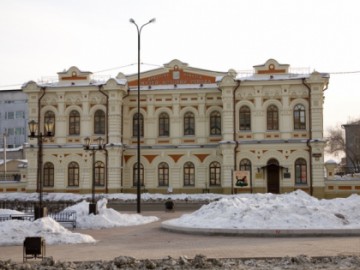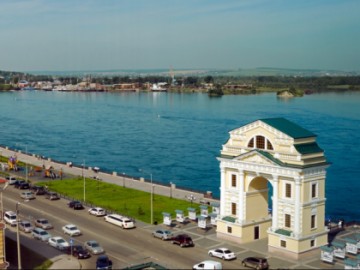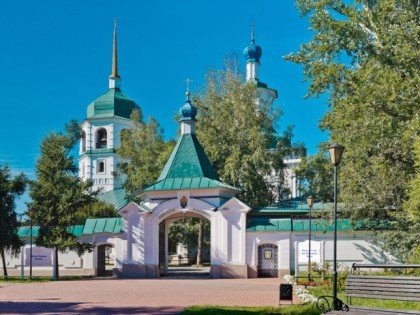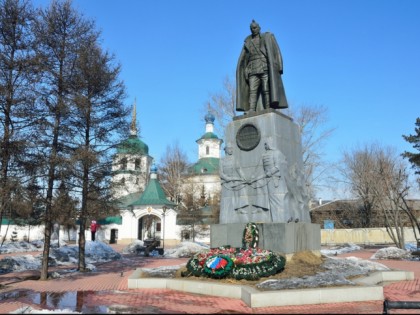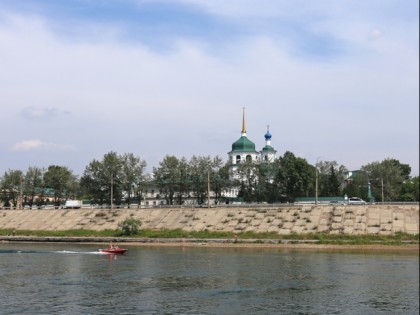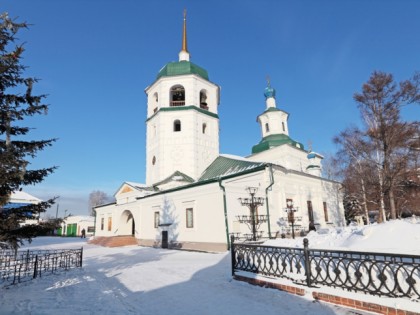Znamensky Monastery
Znamensky Monastery (the Monastery of Our Lady of the Sign) was a place of exile of the eminent girls who fell out of grace with the authorities. These were mostly the wives and daughters of disgraced politicians of the 18th century. The monastery, formed at the end of the XVII century, was developing rapidly. It all began with a wooden church. Later, within two centuries, there appeared a stone church building, another temple and a building for cells. By the early XХ century, the monastery had a school, a shelter and a hospital. The novices of the monastery, including representatives of influential families, were known for their needlework.
In 1920, Admiral Kolchak, who led the White Movement during the Civil War in Russia, was executed at the Znamensky Monastery, on the bank of the Ushakovka River. The first monument to Kolchak in Russia appeared at entrance to the monastery in 2004. The monastery was dissolved almost immediately after the execution of the admiral. Only the Znamenskaya Church was preserved, which soon housed aircraft repair shops. In 1928-1953 the area of the entire monastic complex was turned into a hydroplane base. As a result, the graves of many respected residents of Irkutsk and the Decembrists who were buried here were lost. Only the Znamenskaya Church, cells, the fence and gates have been preserved of all the buildings by now. The church keeps the relics of two saints: St. Innocent and St. Sophronius.












